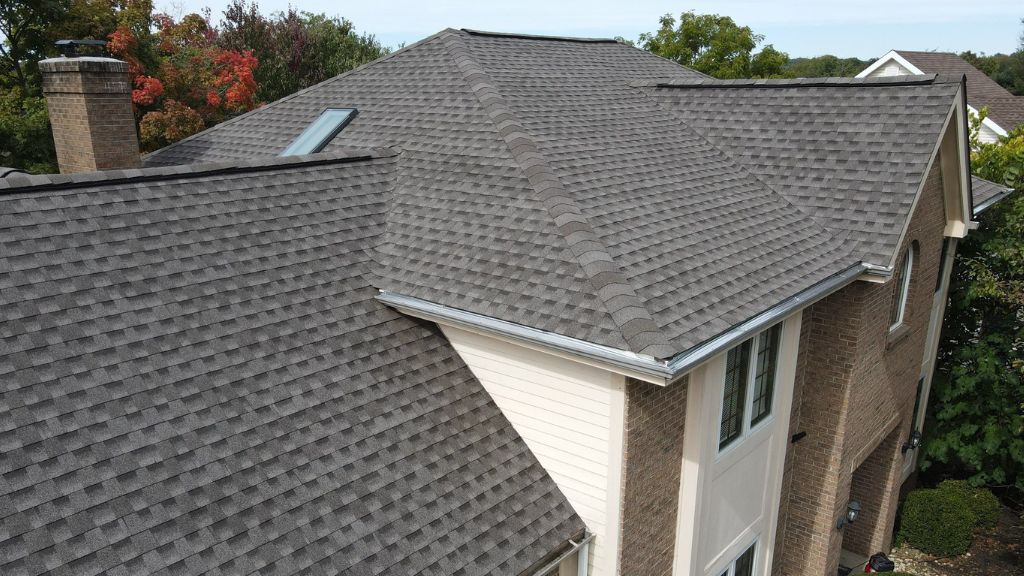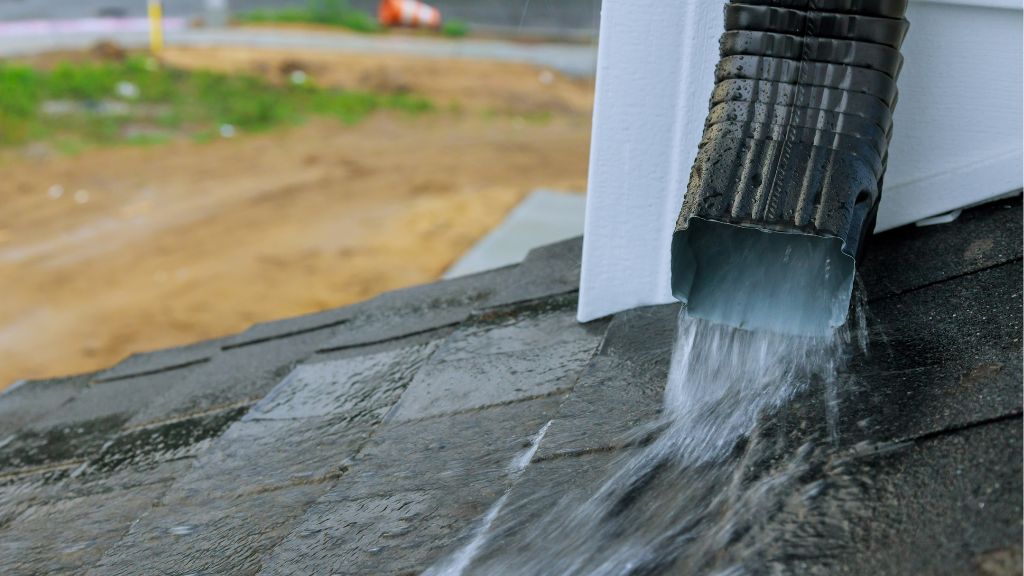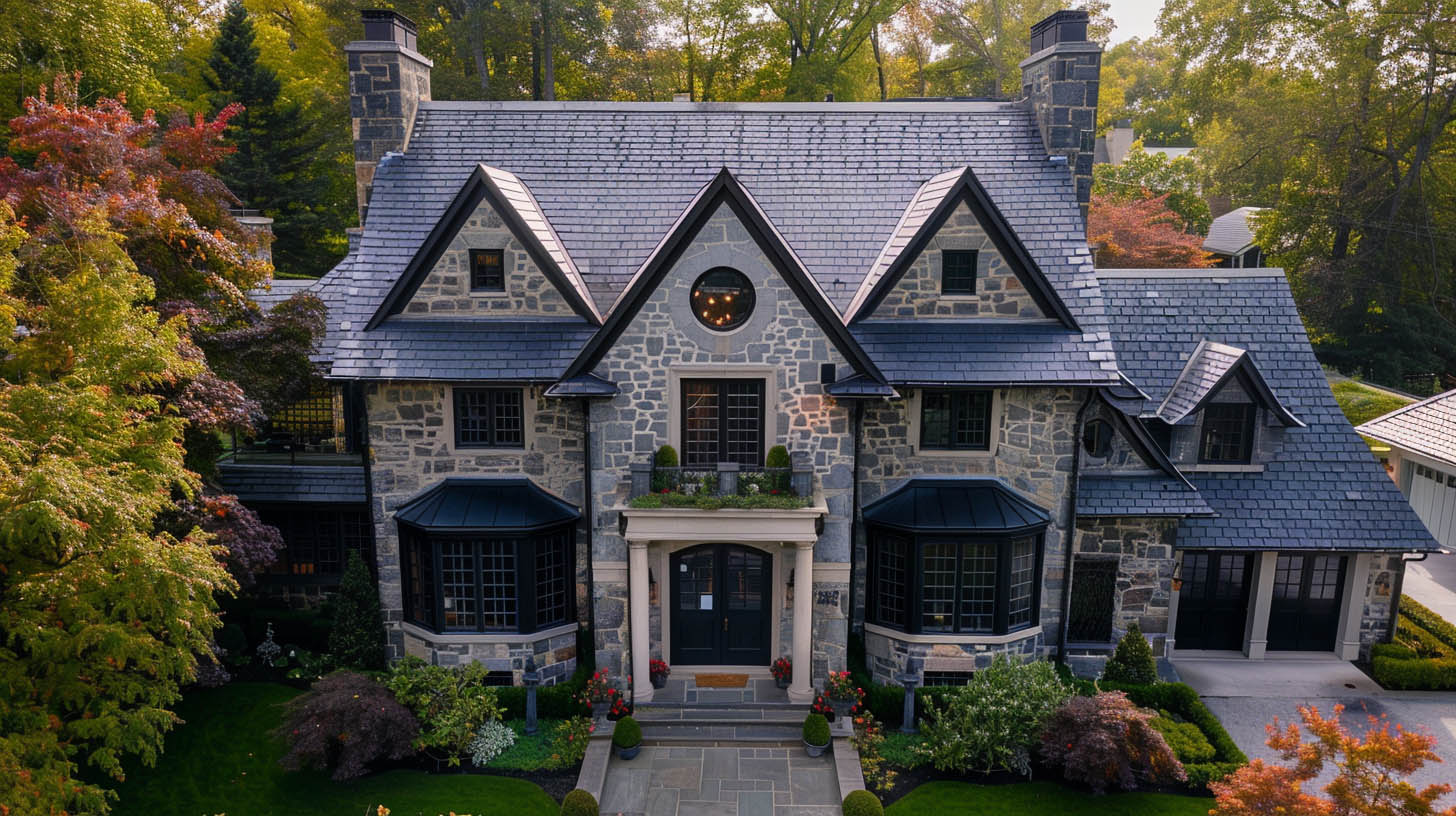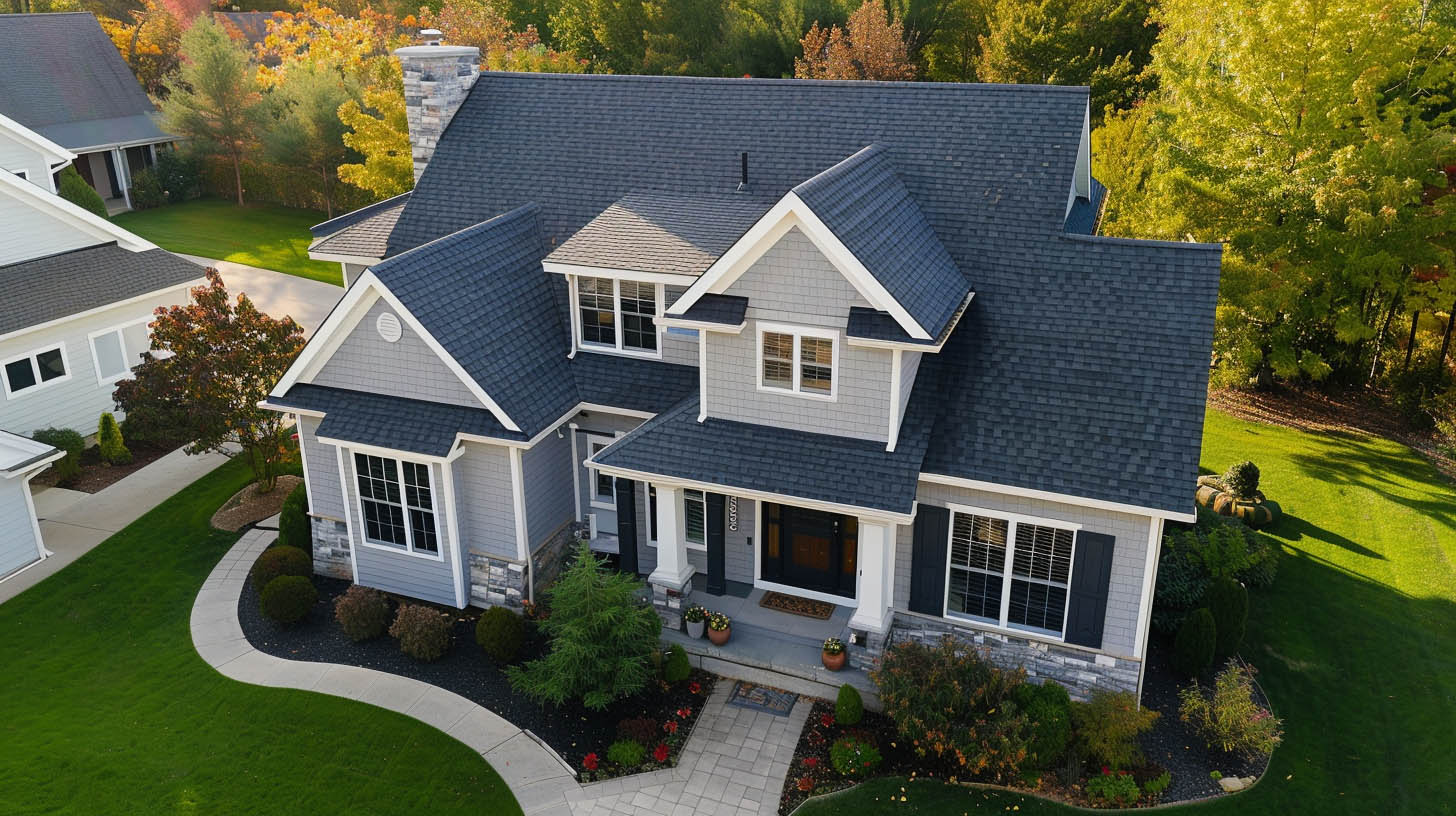
When it comes to the question, “How long should a roof last?” – the answer may not be as straightforward as one might think. However, most of these outdoor materials are designed to withstand the outdoor elements for several decades.
Let’s explore the factors involved. There are several we will take a look at:
Factors Affecting The Lifespan of Your Roof

A roof is a very important part of your home and it plays a key role in keeping the interior of your home safe. Understanding the factors that affect the lifespan of your roof can help you make sure that it is kept in good condition for as long as possible.
Some of these factors include:
#1. Roofing MaterialDifferent materials have different lifespans. For example, asphalt shingles, which are the most common material people use to cover their roof. They have a lifespan of 20-25 years. Metal coverings, on the other hand, can last up to 70 years.
#2. Installation QualityThe quality of installation also affects the lifespan of what covers your home. Therefore, it is important to hire a professional contractor who has experience installing the type of roof you choose.
#3. Climate & Weather ConditionsClimate and weather conditions also play a role in how long the covering lasts. For example, if you live in an area with high winds or frequent storms, your roof may not last as long as it would in an area with milder weather conditions.
#4. Maintenance & RepairsRegular maintenance and repairs can extend lifespan. Cleaning gutters, removing debris, and fixing any leaks promptly can prevent damage and prolong the life of what covers your home.
Will a Roof Really Last 30+ Years?
Is a 30-year roof (or even a 50-70-year roof) a realistic expectation? Yes and no.
The term “30-year roof” refers to material that is designed to sustain itself for 30 years. However, this does not mean that it will last exactly 30 years. As we discussed earlier, several factors can affect how long it lasts. Therefore, it is impossible to guarantee that a roof will last for a specific number of years.
For example, if a 30-year roof is installed incorrectly, it may only last for 10-15 years. On the other hand, if it is installed correctly and maintained regularly, it may last for 40 years or more.
Here is a list of material types and their life expectancies:
- Asphalt & Fiberglass Shingles: 20-40 years.
- Clay Tiles: Up to 60 years.
- Flat: Up to 50 years.
- Metal: Up to 50 years.
- Rubber: Up to 50 years.
- Stone Tiles: Up to 100 years.
- Wood Shingles: Up to 30 years.
How to Determine Lifespan
Most materials used to cover your home come with an estimated lifespan. So, if that estimated lifespan is nearing the end, you may need to start thinking about replacement.
Additionally, you should inspect your roof regularly for signs of damage or wear and tear. If you notice any issues, such as missing shingles or leaks, you should address them promptly to prevent further damage and extend your roof’s lifespan.
Common Roof Damage That Will Shorten a Roof’s Lifespan Includes:- Debris Buildup
- Improper Drainage
- Ventilation Problems
- Leaks
- Fallen Tree Limbs
- Clogged Gutters
- The Absence of Flashing & Sealants
- The Home’s Past History
- When inexperienced DIYers try to Fix Issues
Indicators that Suggest a Roof Requires Repair or Replacement

Granular loss is the loss of granules from the surface of asphalt shingles. These granules are embedded in the shingle surface and provide protection against UV rays and weathering. Over time, exposure to the elements can cause the granules to wear off, leading to a condition known as granular loss. Granular loss can compromise the integrity of the shingle and reduce its lifespan, as it can lead to other issues such as cracking, curling, and leaking.
Shingles that are Curled or BlisteredCurling: Curling occurs when the edges of the shingles turn upward, away from the roof surface. This can be caused by a variety of factors, including age, poor installation, and improper ventilation. Curling can allow moisture to seep underneath the shingles, leading to water damage and other issues.
Blistering: Blistering occurs when bubbles or raised portions form on the surface of the shingles. This can be caused by excessive heat or moisture buildup in the roof system, and can indicate a problem with ventilation. Blistering can weaken the shingle and make it more susceptible to damage from wind and other weather events. If left untreated, blistering can lead to premature failure of the roof system.
Damaged FlashingFlashing is a material used to seal the joints and edges of a roof, such as around chimneys, skylights, and vents. It is usually made of metal, such as aluminum or galvanized steel, and is designed to prevent water from seeping into the roof system at these vulnerable areas.
When flashing becomes damaged, it can no longer provide adequate protection against water infiltration, which can lead to leaks and other damage to the roof and the interior of the building. Common causes of damaged flashing include weathering, corrosion, and improper installation. It is important to have damaged flashing repaired or replaced promptly to prevent further damage to the roof system.
Fungi & MossMoss and Fungi can have a negative impact on the lifespan of a roof in several ways. However, water retention is the main culprit here. Moss and fungi can trap moisture on the roof surface, which can lead to water damage and rotting of the underlying materials. Shingle damage stems from moss growth as well – causing them to lift and curl, leading to leaks and other damage.
A sagging roof can be identified by the following signs:
- Unevenness
- Warped or Bent Rafters
- Visible, Severe Drooping
- Cracking
If you suspect your roof is damaged due to any of the issues discussed in this article, it is imperative to have it inspected by an expert contractor as soon as possible.
There are serious structural issues that can compromise the safety and stability of any building. The roofing system is a crucial aspect of any building, providing protection against the elements and maintaining the integrity of the structure. It is important to be aware of the signs that indicate the need for repairs or replacement.
At MY PITTSBURGH ROOFING, we are committed to providing top-quality roofing services, including repairs, replacement, and maintenance, to help our clients keep their roofs in excellent condition. Contact us today to schedule a consultation with one of our experienced roofing professionals.
Stay informed. Learn about the cost of roof repairs and how they work.


